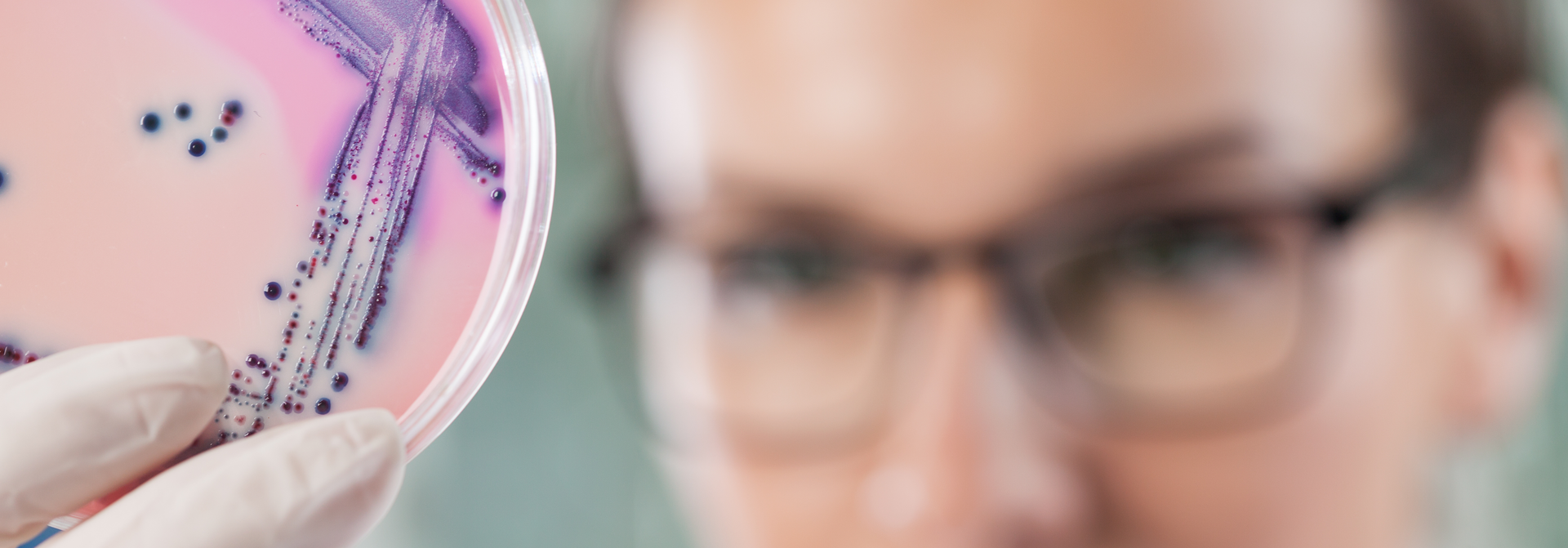The human impact on nature is huge and not always a positive one. Pollution, plundering of resources and global warming are typical examples. Another one is the consequences of the use of antibiotics in medicine and agriculture. Although antibiotics, along with vaccination, were crucial in the 20th century to minimize the impact of infectious diseases on public health, they are also the main actors in a vicious cycle that is leading to the emergence of “super bugs” or “multidrug resistant strains” – microorganisms that are resistant to all known antibiotics and are threatening our global health with renowned ferocity.
The mechanism leading to antibiotic resistance, well understood at the molecular level and already warned about by Alexander Fleming, the discoverer of the first antibacterial drug as early as during his Nobel Lecture in 1945 (only a few year after its introduction in the market), are nonetheless difficult to fight. Once a microorganism has acquired resistance toward an antibiotic by means of evolutionary-driven changes in its genome, there is no turning back – a new drug is necessary to fight the bug. Nothing is stopping us from using new antibiotics when the need arises which in turn leads to resistant microbes accumulating even more resistance traits in its DNA, drying out the chemical arsenal at our disposal.
The global Antibiotic Resistance Awareness Week aims at raising attention toward this threatening phenomenon. At the basis of this initiative is the fact that knowledge-based prevention is a crucial pivot in the constant race between disease-causing microorganisms and the increasing demands in global health and agricultural productivity. In this sense, preventing is literally better than curing.
Limiting our impact on nature by reducing the use of antibiotics and using them properly is key. A solution might be to keep some antibiotics for the exclusive use in medicine and human-health care, and other for agricultural practices only. Also, new venues need to be investigated to discover new antibiotic substances or alternative approaches to fight diseases. Interestingly, the human use of antibiotic as bug-killing agents might be itself against nature. Evidences are accumulating that antibiotics are used by microorganisms as signalling molecules, as indicated by the gene-activating effect of these substances at sub-inhibitory concentrations (on this topic, please refer to the interesting review of Romero et al., 2011). Microorganisms in nature might use antibiotics as intimidating weapon in a kind of a microbial cold war, rather than as chemicals to inhibit growth or proliferation of competing species.
Along with innovation, surveillance and stewardship are among the pillars to mitigate the development of antibiotic resistance, as the recent editorial by Smalla et al. on FEMS Microbiology Ecology points out. Surely, education and outreach activities are equally crucial. As one of the main goal of FEMS is to promote microbiology in Europe and around the globe and to solve today’s societal problems around microbiology, we fully support the Antibiotic Resistance Awareness Week to win the race against antibiotic-resistant microorganisms.
– by Corrado Nai, November 2016,
LinkedIn | Facebook | Twitter
References and further readings:
Antibiotic Resistance Awareness Week information homepages from the World Health Organization and the European Health Initiative
Special section of FEMS Microbiology Ecology on the environmental dimension of antibiotic resistance, editorial from Smalla et al. (2016), DOI: http://dx.doi.org/10.1093/femsec/fiw172
Towards a global approach to combat antibiotic resistance on the Oxford University Press blog
Romero et al. (2011), Antibiotics as signal molecules, Chem Rev. 111(9):5492-505. doi: 10.1021/cr2000509
